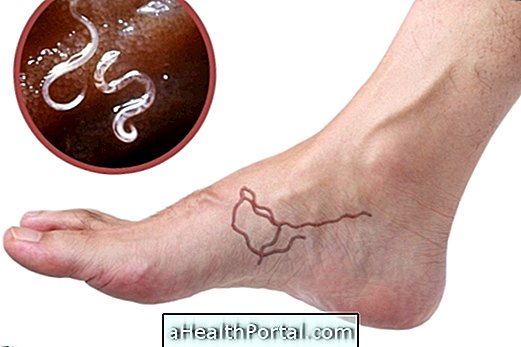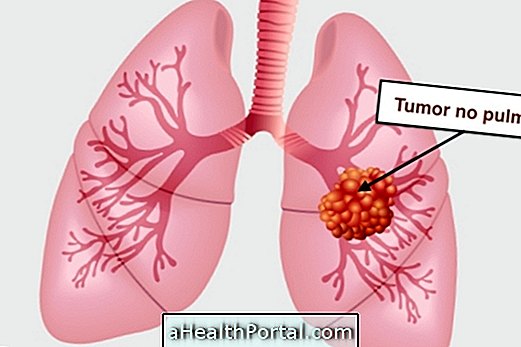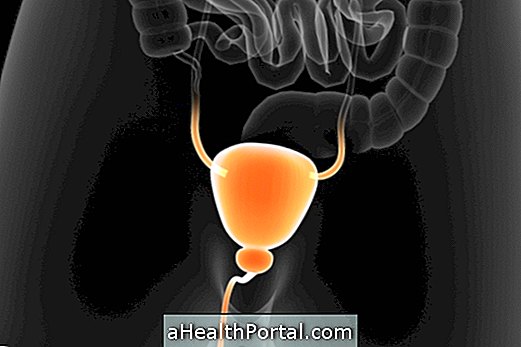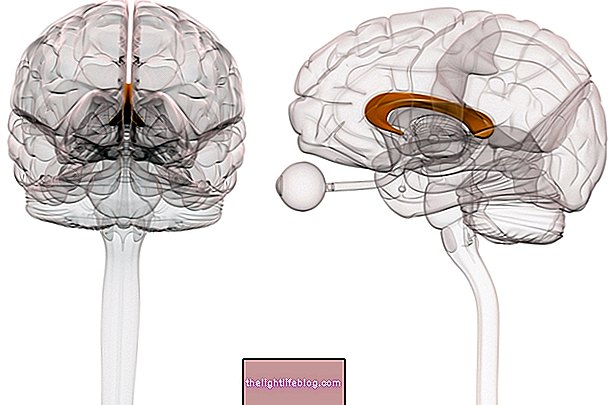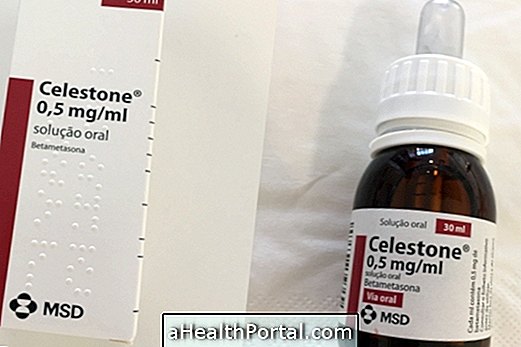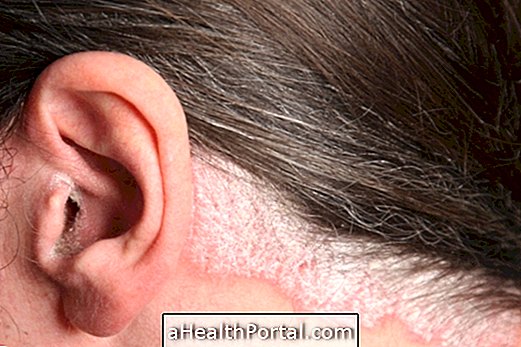To know if headache in salvos one must be attentive to the characteristic symptoms of this disease and to be evaluated by a neurologist. Because it is a rare disease not all doctors know or know how to treat headache in salvos and so the diagnosis may take time to arrive.
Telling your doctor exactly what you feel is essential so that the headache is not treated as a simple migraine because the treatment of these two diseases are different.
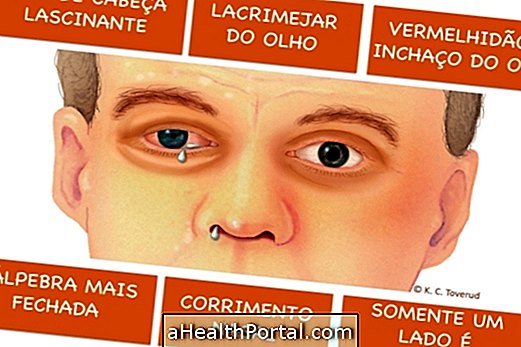
Symptoms and characteristics of cluster headache
The signs and symptoms of cluster headache are:
- Lancinating pain on one side of the face, which appears from time to time;
- Redness in the eye on the affected side;
- Nose dripping into the nostril of the affected side;
- Excessive eye tearing on the affected side;
- Swelling around the eye, on the affected side;
- Difficulty opening the eye completely, on the affected side;
- The person's expression is of intense pain;
- The pain may be throbbing and the person complains that it looks like there is a knife in the head;
- It is not known when a period of crisis will begin;
- The pain can last from 15 minutes to 3 hours, but the most common is that it lasts up to 40 minutes;
- The headache is incapacitating and, therefore, the patient can not perform any type of activity;
- The pain is more frequent at night and appears 1 to 2 hours after lying down;
- After the pain subsides, discomfort remains for some time in the affected region.
Before being diagnosed the person may doubt whether they are having a stroke or a brain tumor due to the intensity of the symptoms. No painkiller is effective and can alleviate this headache, only medications given by your doctor can be helpful in decreasing the time of a headache episode and shortening a crisis period that can last for 20 days.
Cluster headache manifests itself through a key feature that is the onset of symptoms, 2 to 4 times a day, over a period of 2 to 3 weeks in the year. After the last headache has subsided, the crisis disappears for months or years. Thus the person can have 3 or 4 moments of intense headache, totally disabling, per day for about 20 days and then the pain can disappear completely for 1 year or more until there is a new outbreak.
Migraine Headache Disorders in Migraine Headaches
| Migraine | Headache in Salvas |
| Affects More Women | Most common in men |
| Food and lightness worsen | Do not interfere |
| Staying quiet helps improve | The person can not be quiet |
| The pain stays for days | The pain ceases after 40 minutes |
| The pain is diffuse | Pain affects only one side of the face |
| Appears in adolescence | Appears around the age of 30 |
| Analgesics fight pain | Analgesics do not stop the pain |
| May occur several times a year | Seizures are 2 to 3 times a year |
| Sleep relieves pain | Pain can begin during sleep |
| Redness in both eyes | Redness in only 1 eye |
| There is no nasal secretion | A nostril always drips during pain |
What to do to fight the pain
There is no treatment that is totally effective and that completely eliminates the pain, nor the period of crisis, but there are remedies and strategies can help you feel better:
At the moment of the pain one can resort to:
- Wear oxygen mask at 100% for about 10 minutes when the pain starts, this reduces the time of pain to less than 10 minutes, bringing great relief to the person;
- Use medications in the form of nasal spray or tablet that dissolves under the tongue because they are more effective than ordinary tablets. Some examples are ergotamine or lidoicaine hydrochloride in nasal drops;
- Put an ice pack on your head and keep moving or sitting with your feet inside a bucket with hot water;
During the days when you are in crisis:
Take the remedies indicated by the neurologist, such as:
- Sumatriptan; Prednisone + verapamil; Metisergida; Lithium or valproic acid.
Acupuncture can be a good option to combat stress, anxiety and rebalance the person during seizures, improving how she feels between each episode of pain. The sessions can be performed on alternate days or daily and depending on how the person is can be used several needles located in the head, trunk and feet. Some of them hurt more than others but are bearable and treatment improves well-being.
When the seizures are very close to each other and the person can not maintain a good quality of life and can not work, if he has not found symptoms with all these medicines, the neurologist may indicate that surgery is performed on the brain that can be useful to stop crises. However, this should be the last approach because it is risky.
